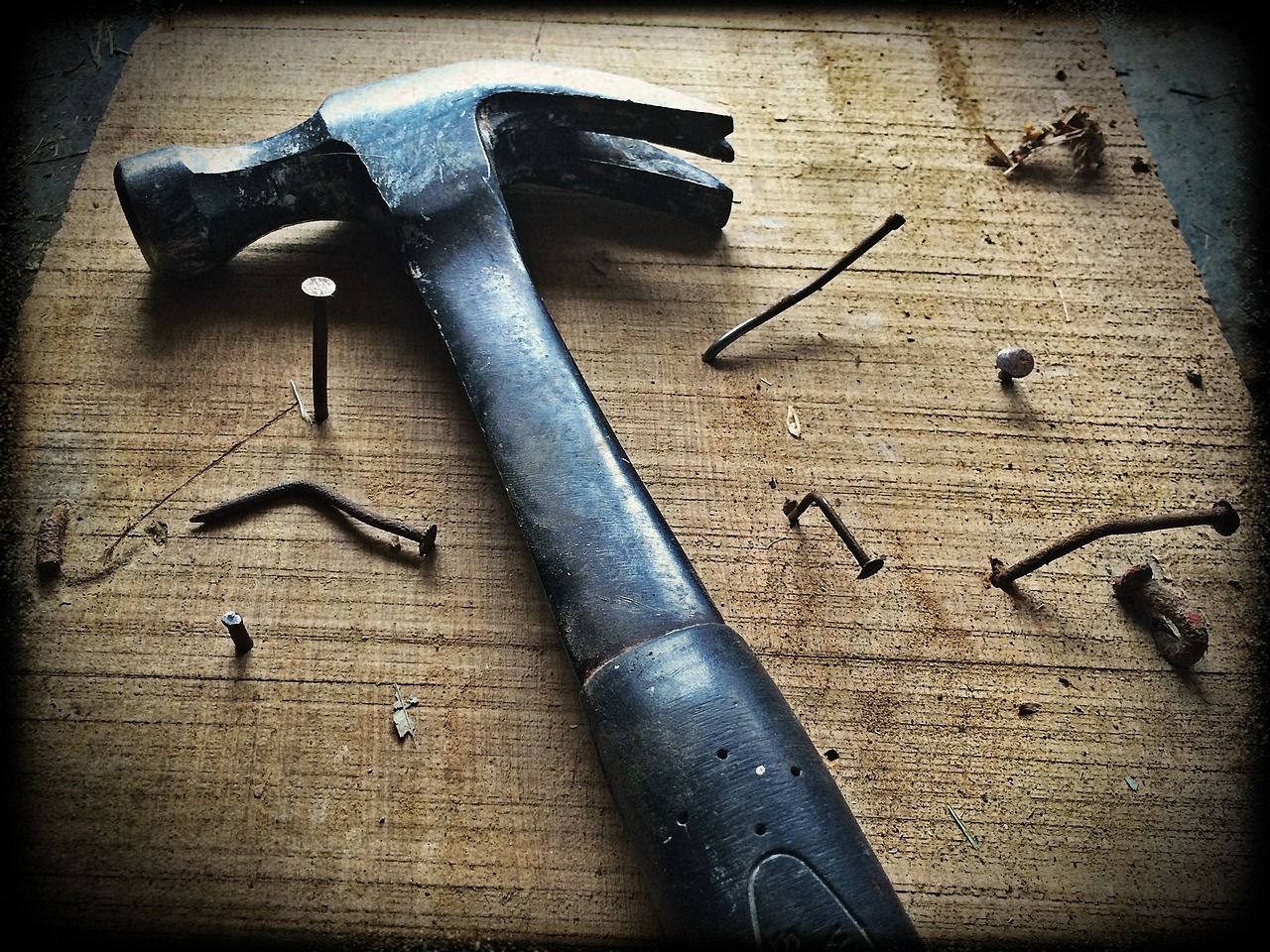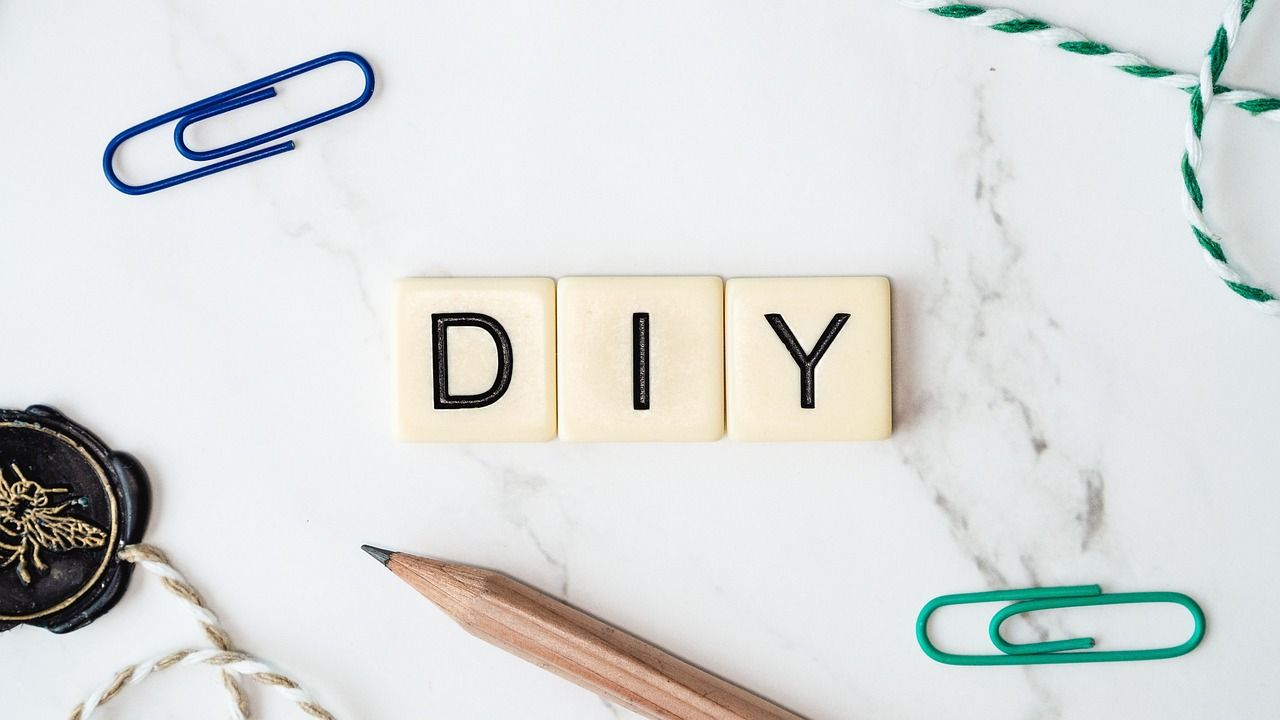Why Your DIY Skills Are Better Than a Savings Account
Let's be real - calling a pro for every home repair is like setting your money on fire.
The average homeowner spends over $1,100 annually on basic maintenance, but with some DIY skills, you could pocket most of that cash instead.
Here's the deal: Learning to handle simple repairs isn't just about saving money today. It's about building wealth over time. That $200 you didn't spend on a plumber? That's money that can go toward your financial goals instead.
💰 MONEY FACT: Professional plumbers charge $85-120/hour for fixes you can often do yourself in 20 minutes with a $5 part.
The Only Tools You Actually Need (No Fancy Workshop Required)
Forget those complicated tool collections. For 90% of home repairs, you only need these essentials:
- The MVP: A quality hammer - For everything from hanging pictures to minor demolition.
- Screwdriver set - Get one with interchangeable bits to handle all screw types.
- Adjustable wrench - Your go-to for plumbing fixes.
- Pliers - For gripping and twisting when your hands can't.
- Utility knife - From opening packages to cutting drywall patches.
- Tape measure - Measure twice, buy materials once.
- Cordless drill - The game-changer that makes everything faster.
🛠️ PRO TIP: Don't waste money on expensive tools when starting out. Mid-range tools from reputable brands give you the best value—they'll last years without breaking the bank.

5 Money-Saving Repairs Anyone Can Master
1. Fix That Annoying Leaky Faucet (Save: $150)
That constant drip isn't just annoying—it's wasteful. A leaky faucet can waste 3,000+ gallons of water per year!
Quick Fix:
- Turn off the water supply valves under the sink.
- Pop off the decorative cap on the handle.
- Unscrew the handle to expose the stem.
- Replace the O-ring or washer (usually the culprit).
- Reassemble and test.
💡 REALITY CHECK: Most faucet repairs need a $2-10 part. Plumbers charge $150-300 for this 20-minute fix.

Interested in financing your home-improvement? Check out SimpleDirect's 0% APR financing options with Credit Cards.

2. Unclog Drains Without Harsh Chemicals (Save: $125)
Before you call a plumber for a slow drain, try these methods that pros use first:
Level 1 Fix: Pour boiling water down the drain, then 1/2 cup baking soda followed by 1/2 cup vinegar. Cover for 10 minutes, then flush with more hot water.
Level 2 Fix: Use a drain snake (under $25 at any hardware store) to physically remove the clog.
🚿 MONEY HACK: Keep drains flowing freely by adding a mesh screen to catch hair and debris before they cause a problem.

3. Stop Toilet Runs & Save Your Water Bill (Save: $100+)
A running toilet can waste up to 200 gallons of water daily—that's like flushing money away!
The 5-Minute Fix:
- Remove the tank lid.
- Check if the flapper is sealing properly.
- If not, turn off the water and replace the flapper ($5-10).
- While you're at it, check if the fill valve needs adjustment or replacement.
💧 BUDGET ALERT: A running toilet can add $20-35 to your monthly water bill. Fix it today!

4. Paint Like a Pro (Save: $500+ Per Room)
Nothing transforms a space like fresh paint, but professional painters charge $300-500 per room.
Paint Like a Pro:
- Prep is everything—clean walls, fill holes, and tape edges.
- Use quality brushes for cutting in around edges.
- Apply paint in a "W" pattern with a roller for even coverage.
- Two thin coats look better than one thick one.
🎨 DESIGN HACK: Neutral colors appeal to more buyers if you're planning to sell. Bold colors work best on accent walls or in rooms where you spend less time.

5. Fix Drywall Holes in Minutes (Save: $75-150)
Whether from doorknobs or picture hanging gone wrong, wall holes are easy to repair:
Small Hole Fix:
- Clean the edges of the hole
- Apply spackle with a putty knife
- Let dry completely
- Sand smooth and touch up with matching paint
Medium Hole Fix:
- Use a patch kit (under $10)
- Apply joint compound
- Sand when dry
- Paint to match
🏠 INSTANT UPGRADE: This 10-minute fix dramatically improves how your home looks and feels. No more eyesores!

Know When to Call the Pros (Seriously)
DIY is great, but some projects aren't worth the risk:
- Major electrical work (anything beyond replacing outlets/fixtures).
- Gas line repairs (never DIY these—explosion risk).
- Structural changes (knocking down walls).
- Complex plumbing (moving fixtures or installing new lines).
⚠️ REALITY CHECK: Medical bills from DIY accidents cost way more than hiring a pro. Know your limits.
Your DIY Action Plan: Start Small, Save Big
This Weekend:
- Make a list of 3 small repairs your home needs.
- Watch tutorial videos for each one.
- Buy supplies for the easiest one.
- Complete your first project!.
Over the Next Month:
- Fix one small issue per weekend.
- Track how much you're saving.
- Build confidence for bigger projects.
🔥 MOTIVATION BOOST: Every repair you master saves money now AND builds skills that will save you thousands over your homeownership journey. That's how wealth is built—one smart decision at a time.
Want More Money-Saving Home Tips?
Got a home improvement project that needs financing? SimpleDirect offers smart financing options that won't wreck your budget.






